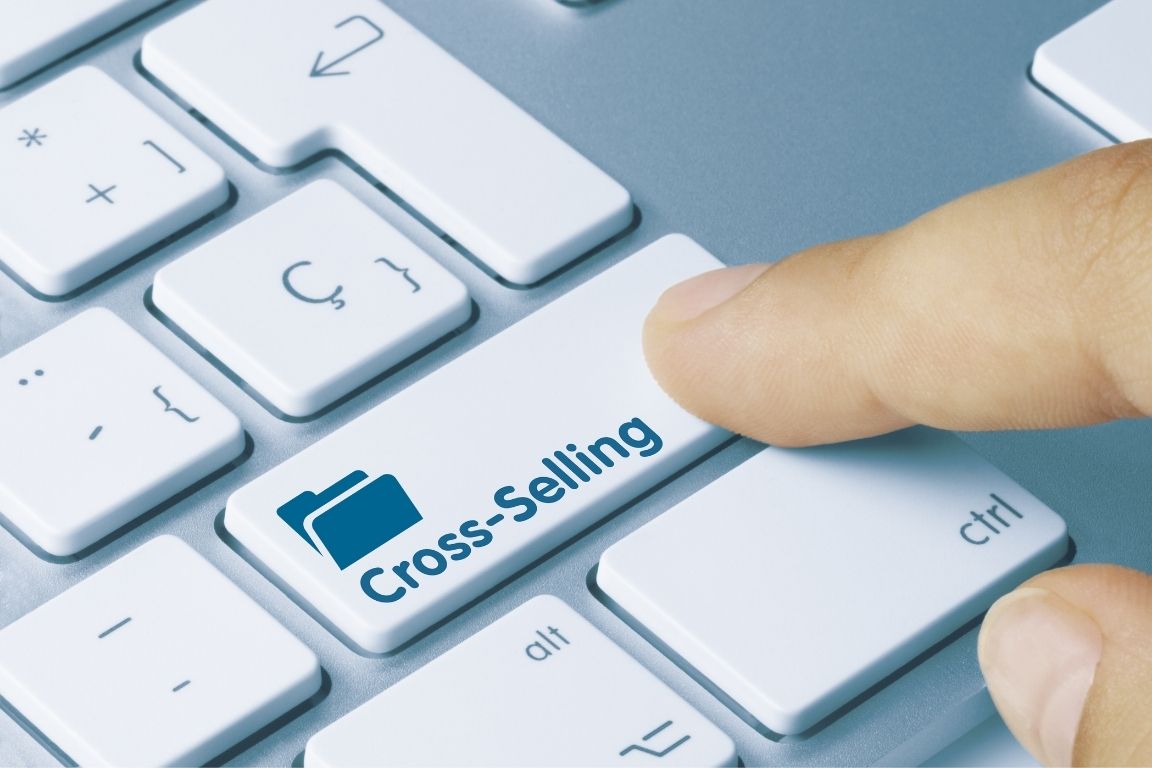Modern consumers love the ability to order online and receive goods in the mail. This means they never need to leave their homes to purchase and receive the items they want. From a business’s perspective, though, getting those orders to customers can sometimes be more costly than expected. Increase the profits you make from online sales with these strategies for lowering your order fulfillment costs.
Adjust Your Warehouse Layout
Inefficiencies in your warehouse can act as roadblocks for your business. They can slow down your ability to fulfill orders, eating up time that could go toward accomplishing more work. Though not directly related to fulfillment costs, making your warehouse more organized can help you improve your profits. The reason for this is that you must pay rent, insurance, and utility fees for your warehouse space. Furthermore, workers there usually receive hourly pay. To make these costs smaller in relation to the income that your business brings in, you can change the style and arrangement of racking to speed up internal processes. It’s also important to keep flow in mind and move related tasks closer to each other so that employees don’t need to go far as they transfer goods or hand them off to others.
Use Cartonization for Packaging
Cartonization is an approach in which you consider the size and weight of items to determine the type of packaging to put them in. The aim is to avoid using needlessly large packages or boxes for products that don’t need much space. This can dramatically lower your shipping fees, which make up a large part of fulfillment costs. To implement cartonization into your processes, you can acquire software that will analyze products’ dimensions and weights and mathematically find the optimal packages for them. It will also consider other factors, such as fragility and temperature sensitivity.
Implement Cross-Selling
Cross-selling is another strategy for lowering your order fulfillment costs. Your website will automatically show customers related goods as they proceed to check out for an order. To illustrate, if they’re buying a sweatshirt, an e-commerce site could then suggest matching sweatpants. Cross-selling is useful because it means that each order you fulfill is more likely to include more products. The value of those goods is more likely to offset the costs of shipping them to customers. This is much more advantageous than having customers individually order items one at a time, as each item will need separate packages and transportation, compounding costs for you.











